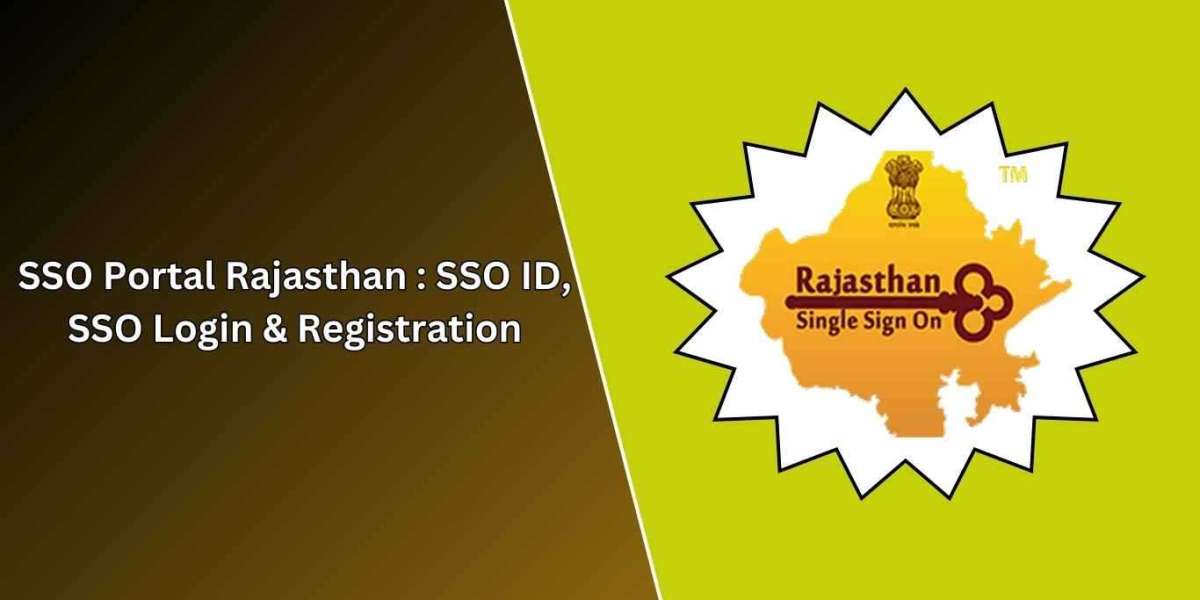Understanding SSO ID Basics
Single Sign-On (SSO) ID is a authentication method that allows users to access multiple applications with one set of login credentials. If you're having trouble accessing your SSO ID, understanding the fundamentals is crucial. Most organizations implement SSO to streamline access management and enhance security across their digital ecosystem. When your SSO ID becomes locked, it typically means your account has been temporarily disabled due to security protocols such as multiple failed login attempts or suspicious activity.
Common Reasons for SSO ID Lockouts
Several situations can trigger an SSO ID lockout. The most frequent cause is entering incorrect passwords multiple times, which activates security protocols designed to prevent unauthorized access. Other common reasons include account inactivity for extended periods, suspicious login attempts from unrecognized devices or locations, or administrative locks placed by your IT department during security incidents. Understanding why your SSO ID is locked is the first step toward resolving the issue efficiently.
Self-Service Recovery Options
Many SSO systems provide self-service recovery options to help users regain access to their locked SSO ID without requiring IT support. Look for a "Forgot Password" or "Account Recovery" link on your SSO login page. These features typically verify your identity through alternative methods such as security questions, backup email verification, or SMS verification codes. Some advanced SSO ID systems may also offer biometric verification options or authentication apps to facilitate secure account recovery.
Contacting IT Support for SSO ID Assistance
When self-service options fail to unlock your SSO ID, reaching out to your organization's IT support team is the next best step. Be prepared to provide identifying information such as your employee ID, username, and potentially answers to security questions. IT support can verify your identity and manually unlock your SSO ID after confirming you're the legitimate account owner. For security reasons, many organizations require this verification to happen through official channels rather than email or chat.
Preventative Measures for SSO ID Security
Preventing future SSO ID lockouts is as important as resolving current access issues. Use a password manager to store complex, unique passwords for your SSO ID login. Enable multi-factor authentication (MFA) when available to add an extra layer of security. Regularly update your recovery information such as backup email addresses and phone numbers. Additionally, familiarize yourself with your organization's specific SSO ID policies regarding password changes and account activity requirements.
Best Practices for SSO ID Management
Maintaining good SSO ID hygiene involves several key practices. Change your password regularly according to your organization's security policies. Never share your SSO ID credentials with others, even colleagues or IT staff who should never need your personal login information. Log out from shared devices and be cautious when accessing your SSO ID on public networks. Consider using a VPN for additional security when working remotely. These practices help ensure your SSO ID remains secure and accessible.
Conclusion
Managing your SSO ID effectively balances security with convenience. By understanding the common causes of lockouts, knowing how to recover access, and implementing preventative measures, you can minimize disruptions to your workflow while maintaining strong security practices. Remember that your SSO ID is your primary key to organizational resources, making its protection critically important. When in doubt about SSO ID security or access procedures, consult your organization's official documentation or contact IT support through approved channels. A proactive approach to SSO ID management helps ensure seamless access to the tools and information you need while protecting sensitive organizational data.





